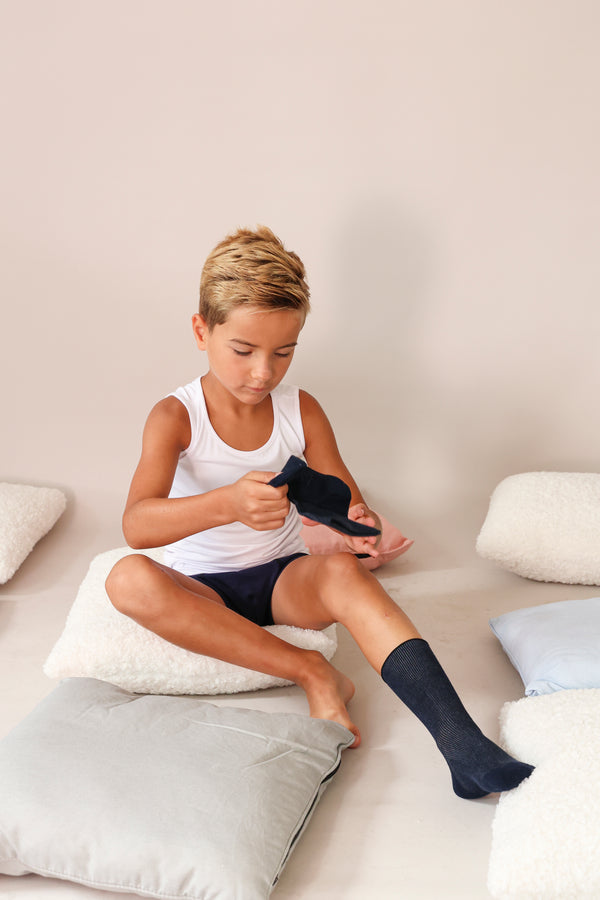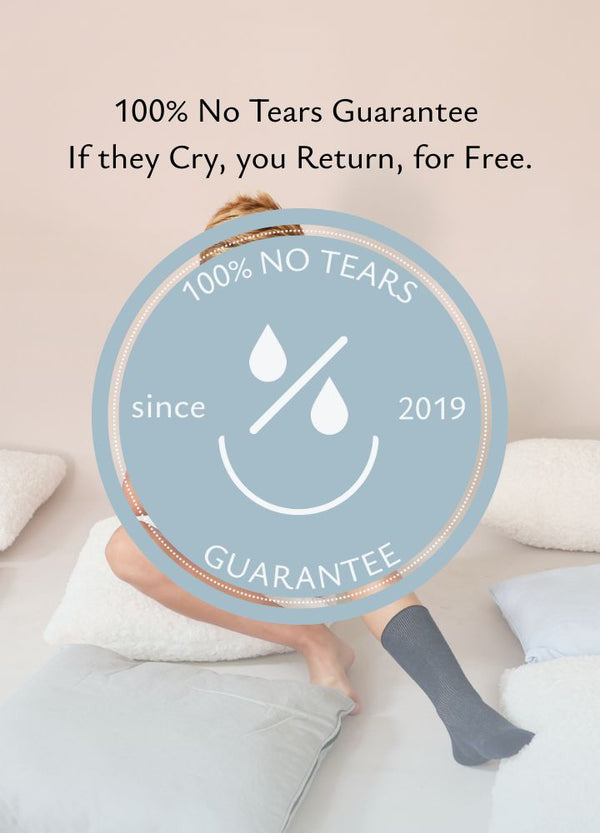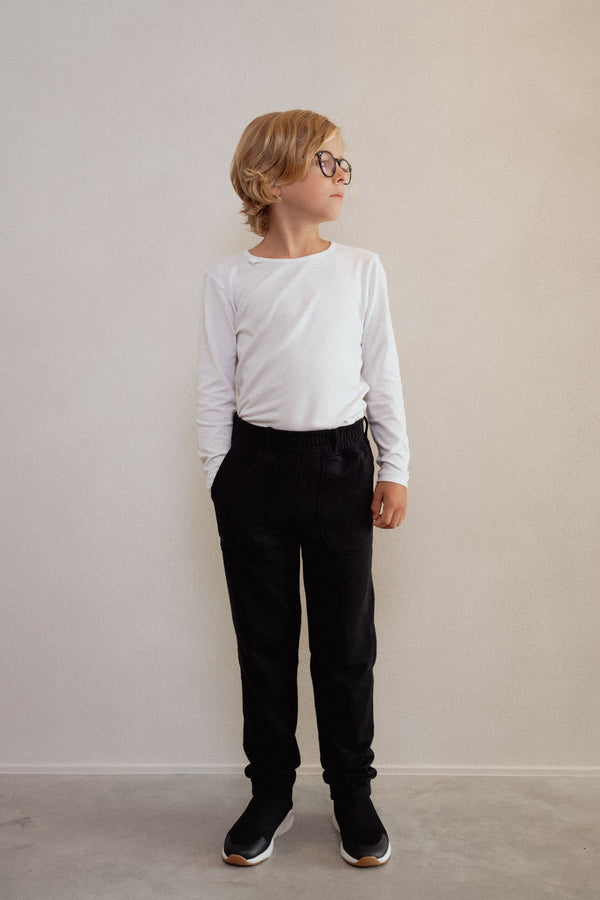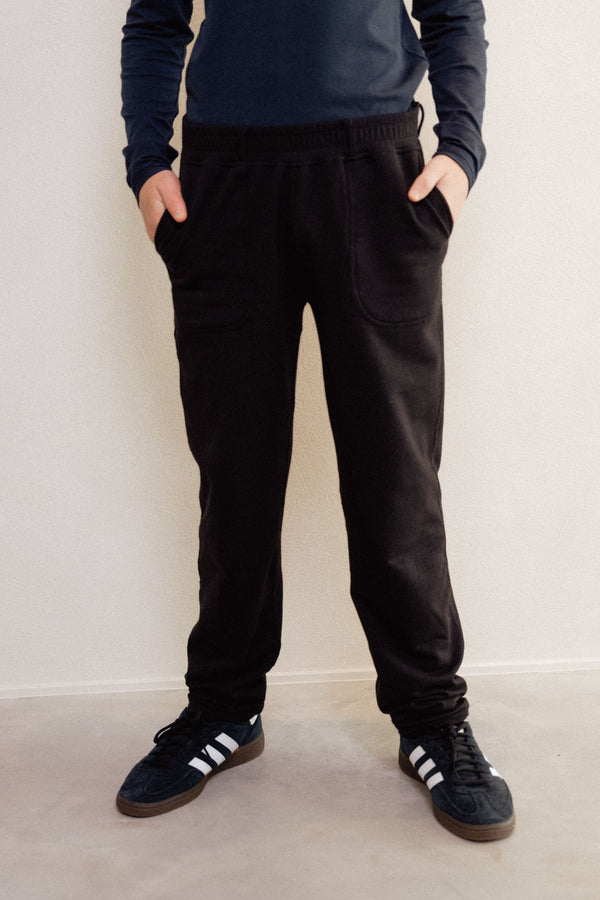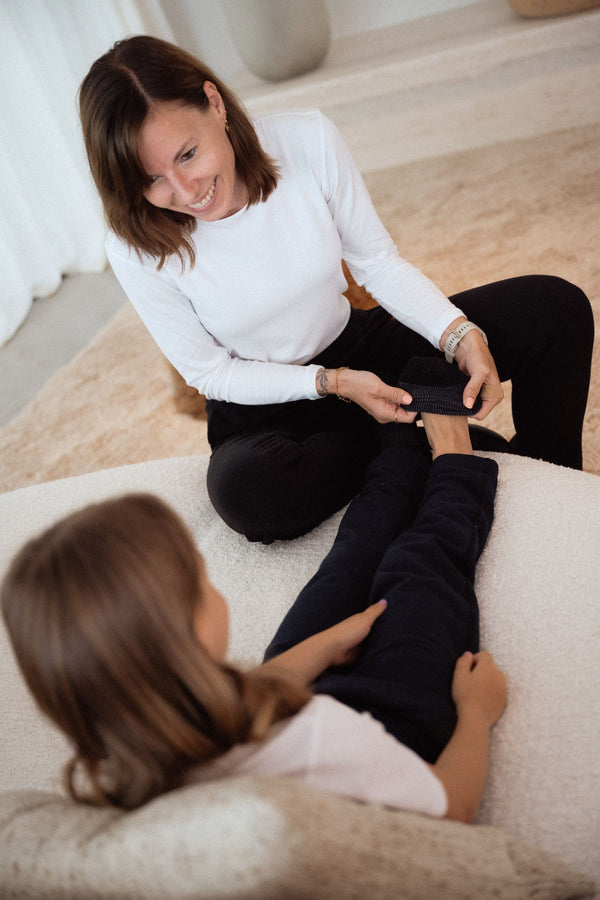Best Clothes for Sensory Processing Disorder (SPD)

A Guide to Everyday Comfort
Living with sensory processing disorder (SPD) can make something as simple as getting dressed a real challenge. For many children and adults, fabrics, seams, tags, or tight fits trigger discomfort, irritation, or even stress. While most people don’t think twice about a label in the back of a shirt, for someone with SPD it can feel unbearable—distracting them from school, work, or daily activities.
I know this personally. My son Lex often struggled every morning with socks, trousers, or T-shirts that felt “wrong.” What should be a calm start to the day often turned into frustration and stress. That personal experience inspired me to look for better solutions and eventually create Blusss, a clothing brand designed specifically to reduce these daily battles and bring peace to sensory-sensitive lives.
Why Clothing Matters in SPD
Sensory processing disorder affects the way the nervous system responds to sensory input. Something small—like a scratchy fabric or a too-tight waistband—can quickly become overwhelming. Uncomfortable clothing can:
-
Trigger sensory overload and anxiety
-
Make focusing in school or at work much harder
-
Lead to meltdowns or withdrawal in children
-
Increase stress around daily routines like getting dressed or bedtime
The right clothes can make an enormous difference: they reduce irritation, bring calm, and allow children and adults with SPD to focus on life—not their clothing.
Key Features of SPD-Friendly Clothing
Tag-Free Designs
Printed or tag-free labels prevent scratching and irritation at the neckline or waistband.
Seamless or Flat Seams
No raised stitching to rub against sensitive skin, especially on socks, underwear, and T-shirts.
Soft, Breathable Fabrics
Materials like bamboo, cotton, or modal provide comfort, regulate temperature, and avoid the rough feel of synthetics.
Adaptive Fits
Stretchable waistbands, elastic-free edges, and relaxed cuts allow freedom of movement without restriction.
Neutral, Calming Colors
For many, bright patterns can be overstimulating. Soft, neutral tones support a sense of calm.
Best Clothing Options for SPD
Everyday Basics
-
Seamless underwear to eliminate irritation at the waist and legs
-
Tag-free T-shirts made from bamboo or organic cotton
-
Socks without seams to avoid the “lump in the shoe” problem
School & Workwear
-
Soft trousers with adaptive waistbands for all-day comfort
-
Lightweight blazers or cardigans with hidden stretch for movement
-
Sensory-friendly polos or shirts without scratchy collars
Home & Sleepwear
-
Breathable pajamas for uninterrupted sleep
-
Loungewear with stretch that feels soft against the skin
-
Weighted hoodies or collars to provide gentle calming pressure
SPD-Friendly Clothing vs. Regular Clothing
| Feature | Regular Clothing | SPD-Friendly Clothing |
|---|---|---|
| Tags | Sewn-in labels | Tag-free or printed labels |
| Seams | Standard stitching | Flat or seamless construction |
| Fabrics | Synthetic blends | Soft natural fabrics (bamboo, cotton) |
| Fit | Fashion-driven | Comfort-first adaptive fit |
Who Can Benefit Most?
-
Children and adults with sensory processing disorder (SPD)
-
Autistic individuals who experience sensory sensitivities
-
Highly sensitive people (HSP)
-
People with eczema or sensitive skin
-
Anyone seeking irritation-free comfort in daily clothing
How to Choose the Best Clothes for SPD
-
Check the fabric content – choose breathable, natural fibers like bamboo or cotton.
-
Look for tag-free labels – or carefully remove them before wearing.
-
Test seams and stitching – seamless or flat seams are best.
-
Start with essentials – underwear, socks, and T-shirts have the biggest impact.
-
Observe reactions – involve children or adults with SPD in clothing choices to empower them.
👉 The Blusss collection was created with these needs in mind, offering soft, seamless, and tag-free options for children and adults who want both comfort and style.
Benefits Beyond Comfort
-
Reduces sensory overload in classrooms, offices, and social settings
-
Creates calmer mornings and less stress around dressing
-
Supports focus and independence throughout the day
-
Encourages self-confidence by combining comfort with style
FAQ
Are SPD-friendly clothes only for children?
No. Many adults with sensory sensitivities also benefit from adaptive clothing.
Can SPD clothing be stylish?
Yes. Brands like Blusss design modern, minimal pieces that look good while feeling comfortable.
What fabrics are best for SPD?
Bamboo, organic cotton, and modal are soft, breathable, and less likely to irritate sensitive skin.
Do SPD-friendly clothes help with anxiety?
Yes. By removing sensory triggers, clothing can reduce overall stress levels.
Where can I buy sensory-friendly clothing?
Blusss offers a collection for both adults and children, combining soft fabrics, seamless designs, and stylish fits.
Conclusion
The best clothes for people with sensory processing disorder (SPD) go beyond fashion—they provide calm, reduce irritation, and help individuals live with more focus and confidence. By choosing tag-free, seamless, and soft fabric designs, you make daily life easier and more enjoyable.
👉 Explore the Blusss sensory-friendly collection and experience the difference that comfort-focused clothing can bring.





